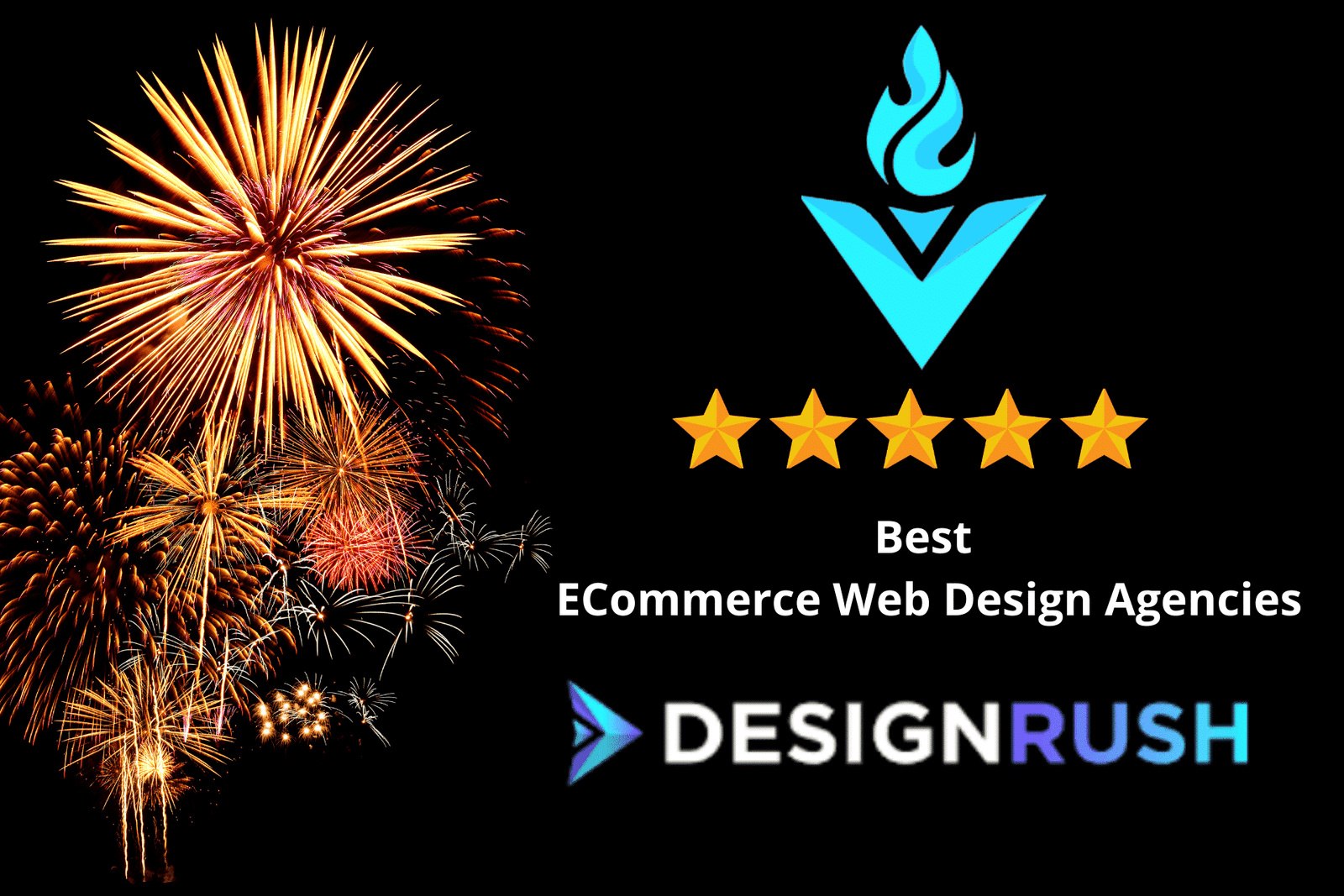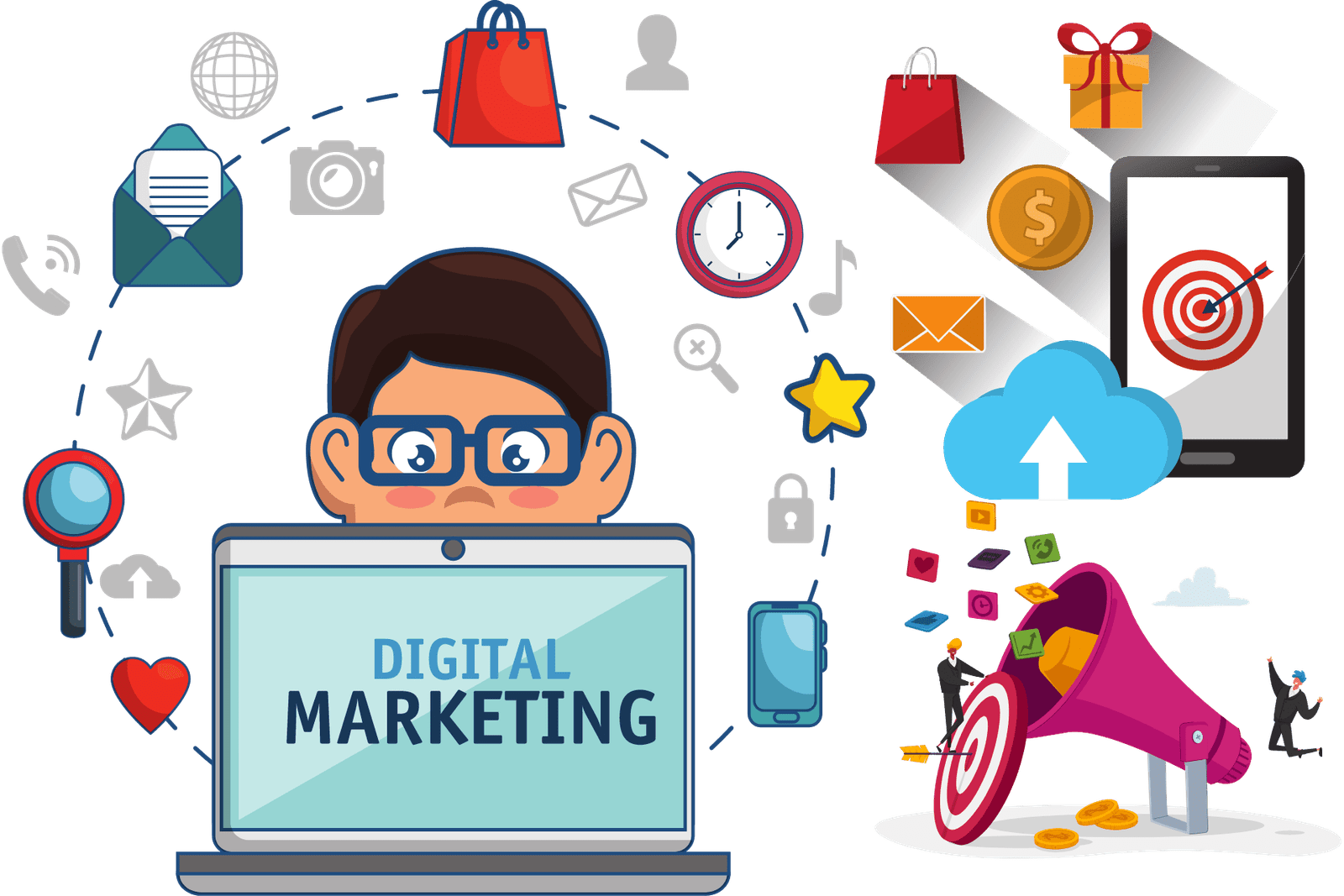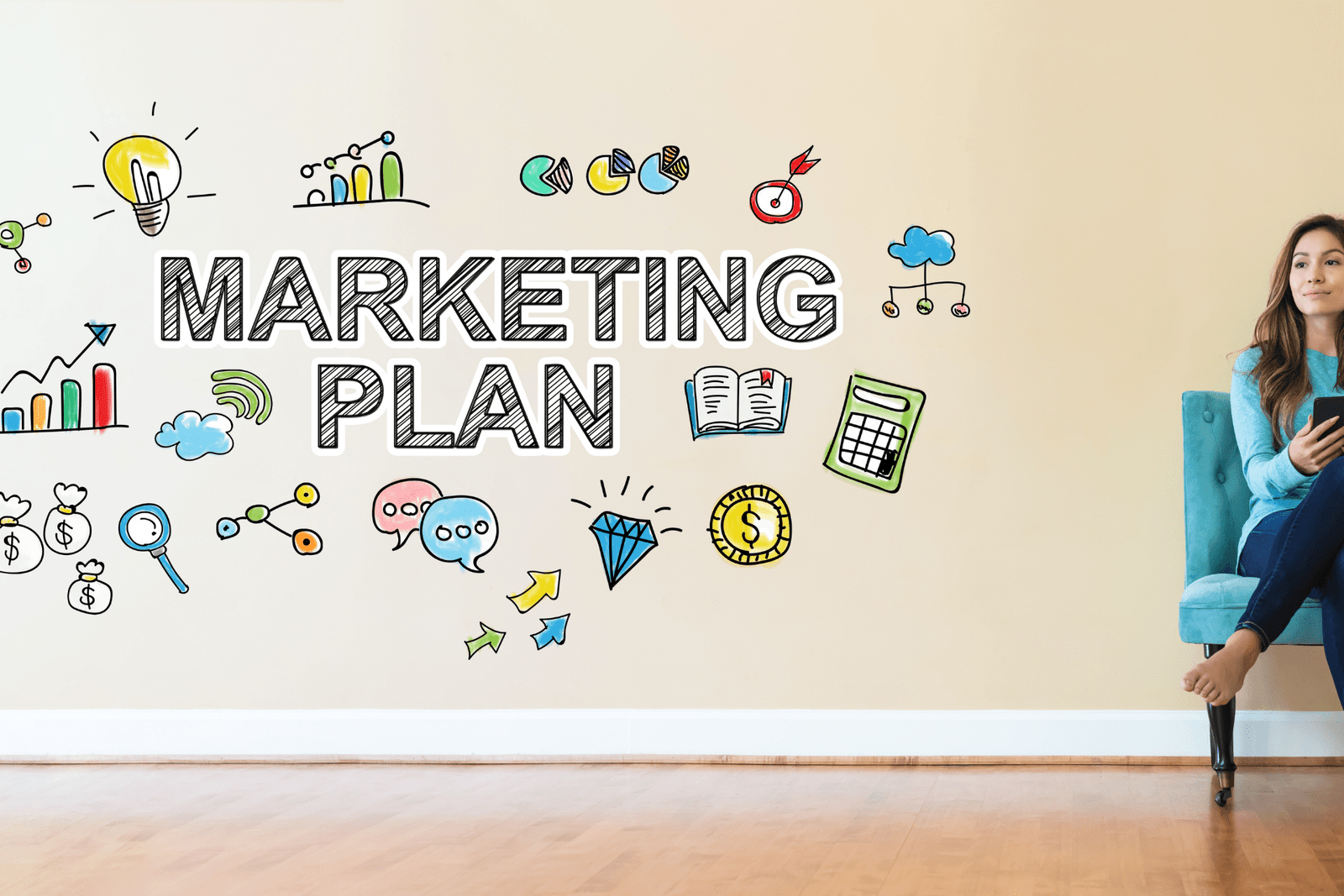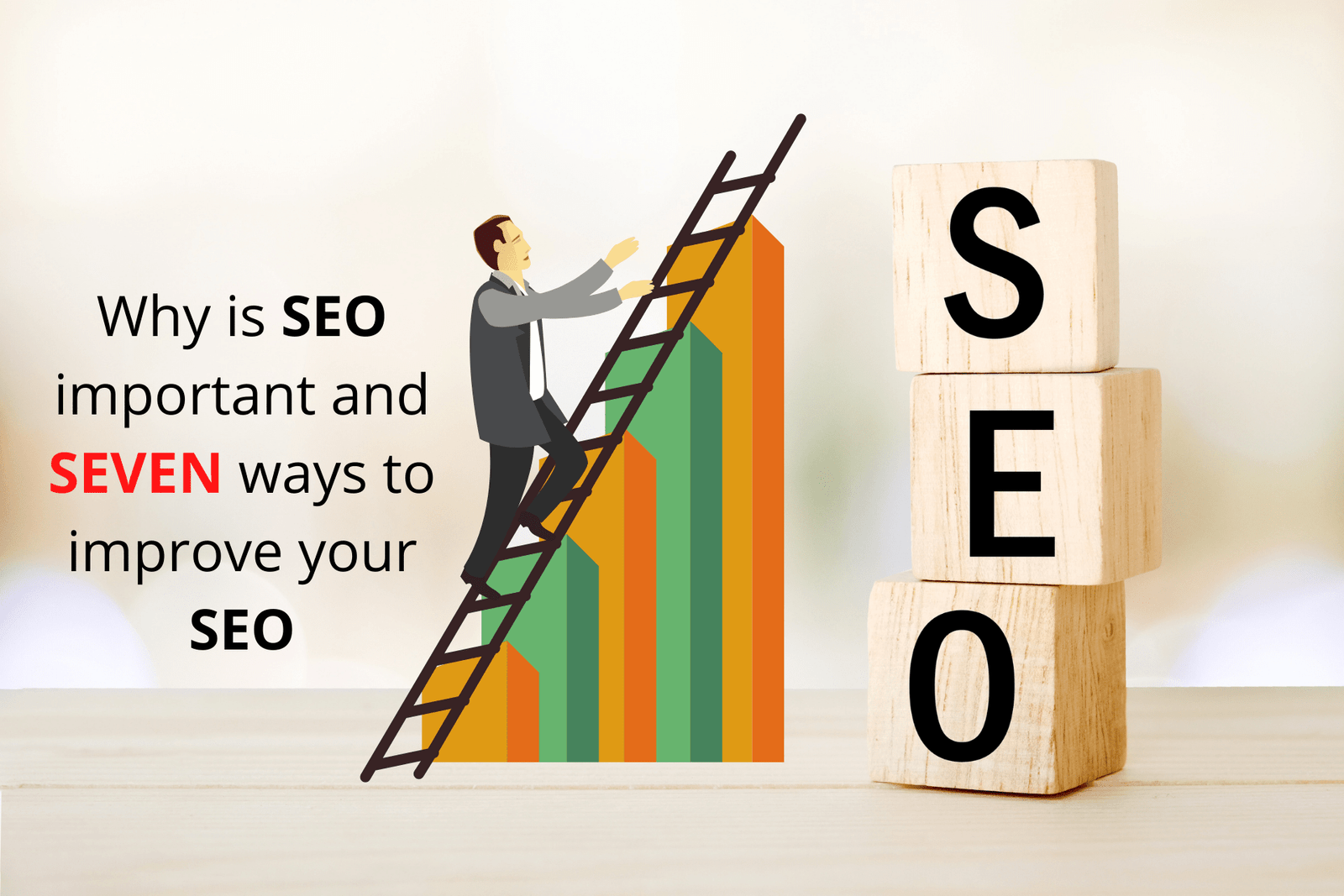Facebook Ad vs Google Ad - Which One Should I Choose?
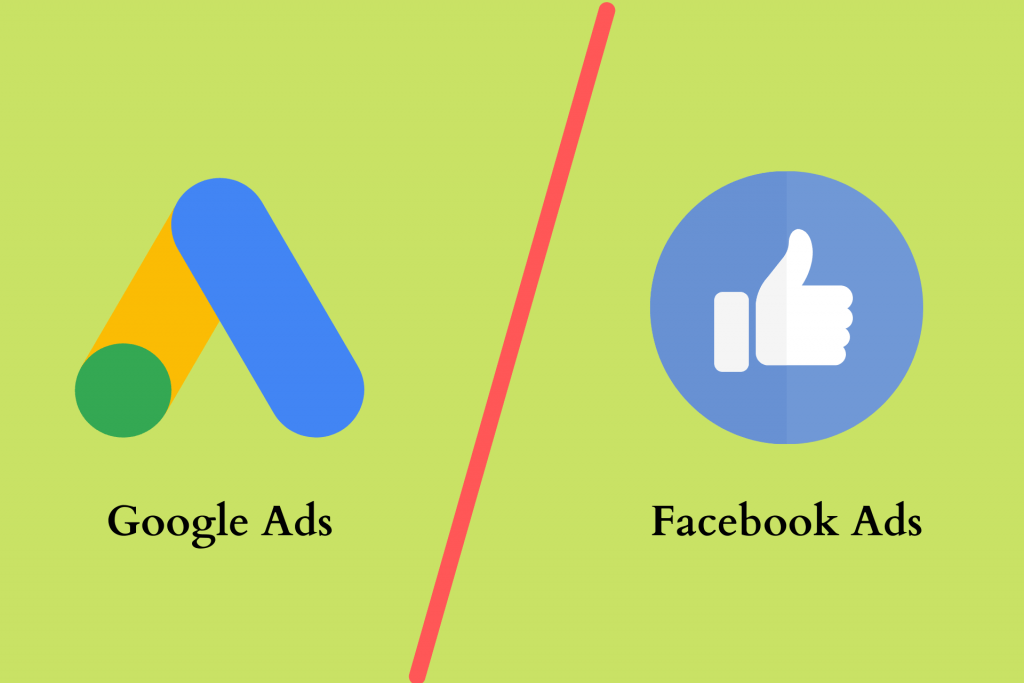
These days, as a marketer you are often caught up in the quandary of Facebook ads vs Google ads. While both platforms provide advanced advertising features, each of these platforms has its nuances which makes each of these platforms the right fit for specific needs and niches. It can be difficult to know what the difference is between Facebook ads and google ads – or even when you should use one over the other.
To help clarify things, we’re going to go through some of the most important differences between Facebook Ads and Google Ads! Facebook Ads and Google AdWords are both powerful advertising platforms. However, there are some differences between FB Ad and Google Ad that you should be aware of if you want to get the best return on your investment.
First of all, Facebook Ads are geared towards building awareness and generating interest in a product or service. It’s not about how many sales you can make – it is about getting people excited enough to visit your website so that they might buy something at some point down the line! That being said, Facebook ads work well for products with long purchase cycles (like house purchases). So if you’re trying to raise brand awareness and generate leads for an upcoming event like a conference (something where people need time to plan ahead), Facebook ads could be just what you’re looking for.
On the other hand, Google Ads is focused on driving direct leads straight through conversion pages. They take into account past searches by users when selecting which keyword will be most impactful for the marketer when running Google Ads. They also offer a Conversion Optimizer Tool to help marketers optimize for conversion rate.
For example, if you are running Google Ads and targeting keywords like “widget” or “widgets”, the ads will come up when someone does a search that includes those words (either in their query or within the result listing). Once they click on an ad, they’ll be directed straight through to your website’s conversion page—that might be on your website or a landing page that you have created separately for a campaign!
On Facebook Ads, however, people have time before making purchases so these ads work better with long purchase cycles which typically require more planning than impulse buys.
So, with that said, let us dive a bit deeper into each of these Ad Networks.
Google Ad
Google Ad was formerly known as Google Adword. Google allows the advertiser to choose from the five types of ads (apart from the ad that it allows marketers to run for app download campaigns):
– Text Ad
– Image Ad (display)
– Video Ad (display or instream, meaning you can stream videos right into your ad!)
– Shopping Ad
– Local Ad
The advertisers have to bid for the keyword. The highest bidder will show up on top of the list while another with a lower bid may not even be listed at all! This is how Google makes money from this service. If other companies are trying to bid on similar keywords, then it’s important that the advertiser bids higher so their ad doesn’t get lost in search results. However, just having a higher bid value is not enough to have your Ad at the top of the pile. Google places an equal amount of importance (if not more) on the quality score of your Ad.
Let us understand a bit more about how Google calculates the quality score of your Ad. The main parameters that Google judges your Ad are:
Expected clickthrough rate (CTR): The likelihood that your ad will be clicked when shown.
Ad relevance: How closely your ad matches the intent behind a user’s search.
Landing page experience: How relevant and useful your landing page is to people who click your ad.
– Source Google
Google uses these parameters to give your Ad a real-time score between 1 – 10. This along with the amount that you have bid for your Ad provides the Ad rank of your Ad. Based on this Ad rank Google decides where your Ad is shown when someone searches with the keyword you are bidding for.
Google Also has a network of companies that show display Ads. These companies use another feature of the Google Advertising Network. This part where the companies lease out their website real estate to Google to show Ads on falls under the Adsense section of Google Advertising Network.
Facebook Ad
These are the Ads that you see on Facebook.
You can choose to have your Ad show up in facebook’s feed, or as a sponsored post targeted at people who follow your Facebook page. You also get access to their targeting tools for creating ads such as age demographics, interests, and location of potential customers. The other difference is that Facebook determines what rank an ad has by how many likes it gets from users rather than through bidding for keywords with Google.
Facebook does not offer display Ads like Google does, unlike Google which offers these types of services under its service called Adsense. This means that advertisers are limited in where they advertise since they cannot use Facebook partner companies for their website real estate like you would be able to do with Google.
When you create a Facebook Ad, you can run it on Facebook and Instagram. 2 platforms that are owned by Facebook. While Google uses search intent as the basis of showing your Ad to interested buyers, Facebook uses demographic information, purchase patterns, and other behavioral characteristic information that it collects about the user to determine if an ad is relevant to a particular person.
Now that we have an idea of the difference between Facebook and Google Ads, let us dive a bit deeper into understanding how these Ads work.
Google Ad — How it works
When creating a Google Ad, the first thing you ask yourself is what is the keyword that I as a customer would be using if I want to search for my product. Keep it short. Between one to two words. This becomes your ‘seed keyword’. Once you have the seed keyword, use Google’s keyword planner to find out the relevant keywords that you can rank for.
Once you have selected the keywords, the next step is to create a ‘headline’. This is the text that will be on top of your Ad when it’s shown. The headline should grab their attention and make them want to click through to read more about your product or service in order for you to get a conversion, meaning someone clicking onto your website from an ad.
Once you have created your Ad and published it, Google does a real-time auction and finds out where your Ad is placed based on your bid amount and the quality of your Ad. If you are bidding on a very competitive keyword, you can expect your price (Pay per Click price) to go up. This is where the initial keyword analysis that is mentioned earlier plays a vital role in keeping your costs down. A proper keyword analysis is one of the key factors in having a good ROI on your Google Ads.
Facebook Ad — How it works
Facebook Ads are shown to people in your target audience. So if you have a Facebook page and want to target people who like that Facebook page, or live in the area of your city, country, etc then it is best to create an ad for them.
Advertising on Facebook does not cost anything until someone clicks on the Ad. When they click through, Facebook charges you according to how much money you bid for that specific keyword (Pay per Click). The greater the number of times this person visits your site after clicking on the Facebook advertisement, the greater their time spent at your destination will be which means higher chances of converting.
In Facebook Ads, you do not go into an auction like Google Ads. In Facebook, you set your budget and create your target segment whom you want to show the Ad. You can create Ads comprising of images or videos in Facebook. Once your Ad is created, you let Facebook run your campaign. In your Ad, Facebook allows you to create a Call To Action (CTA) button so that people who are interested in your Ad can perform the function that you have set for them.
You can create different Ads that are specific to your website or blog and deploy these ads on Facebook from time to time so that you drive traffic back home, too.
Choosing Between FB Ads and Google Ads
Since Facebook allows you to choose your daily budget and because you are not competing against others in the same niche, it is economical for small businesses with a limited budget to focus on Facebook Ads. Running Facebook Ads will help you reach more people in your target demographic and it is more targeted than Google Ads because you can choose specific demographics and behavioral patterns.
Facebook ads are also a great way to promote blog posts or other content on Facebook with the hopes that people will take action by clicking through to an article, video, etc.
On the other hand, since Google Ads involve auction and competing against businesses of the same niche, budgeting and planning out costs ahead of time is crucial here as well if you are focussing on Google Ads. Targeting options for Google Adwords depend heavily on keywords along with location-based targeting (geographic radius), language filters, device type filters (mobile vs. desktop), etc.
No matter which platform you choose, plan your budget beforehand so that you can get the maximum ROI on your investments. A small case study given below will show how quickly your investments can go down the drain if you are not careful of keeping an eye on the ROI of investing on these platforms.
Dropbox, which is almost a $13B company today did Google Ads during their initial days. The cost of acquiring a customer was coming to around $400. In the words of Dropbox CEO Drew Houston, the results were “horrific”.
So what went wrong? Houston said the problem, particularly with search advertising, was that no one was actually searching for a document syncing product. That’s the danger with trying to solve a problem that may be real, but that people don’t realize they have yet. “All the AdWords in the world are not going to save you if no one’s looking for what you’re making,” Houston said. Instead, what worked for Dropbox was “making our users really really happy, and then giving them good tools to spread the word.” -SourceVenturebeat.com
So to answer the question on which platform has a greater ROI, it actually depends. It depends on your business, your ideal customers, how you find them, and convince them to become your loyal customers.
Understanding the Customer Journey
For you to do a successful campaign on any of these platforms, it is important to understand your customer journey. Chances are that they would have interacted with your Ads on not just one platform, but across platforms. How much each of these attributed to his final decision making of becoming a loyal customer is important to understand. Google provides an attribution tool for analyzing this.
But for cross-platform attribution, while there are tools that allow you to do this, they work on a SaaS model. This means you need to pay a monthly subscription cost to be able to use these tools to collect and analyze the data. In case you are on a budget and do not want to use these pricey tools, use Google and Facebook’s analytics platform in silos. They still provide a wealth of information that will provide you a clear understanding of your ROI.
I hope this blog helps you in your decision-making between Facebook and Google Ads. If you are already running Facebook Ad or Google Ad, share your experience on what has been your greatest challenge.





